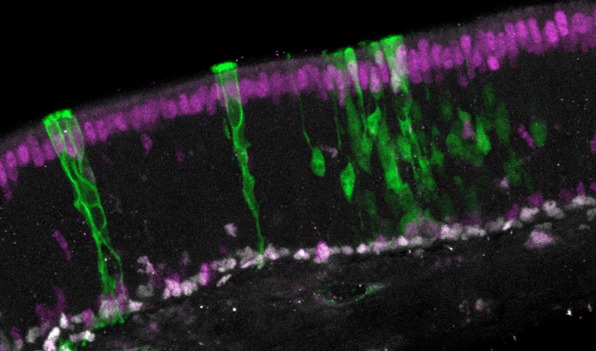Everyone’s brain is slightly different both in terms of structural and functional connectivity. Neurons are the principal cells of the brain that permit integration and transmission of critical information between various regions of the brain. Neurons are very susceptible to damage and neurons have very limited ability to repair themselves after damage. This forms the basis of certain brain conditions called neuro-degenerative diseases. Alzheimer’s and Parkinson’s disease are examples of

Stem cells are the most basic cells that have the potential to differentiate into any type of mature cell. Hence stem cells could differentiate into skin cells, blood cells, neurons, or even hair. Since stem cells can become any type of cell, it is worthwhile to determine ways to direct stem cells towards neuronal differentiation. The goal is that such cells could regenerate the function of neurons in specific areas of the brain thereby treating symptoms associated with neuronal degeneration.
For instance, a panel of researchers had some findings in “Stem Cells and Other Emerging Agents as Innovative ‘Drugs’ in Neurodegenerative Diseases: Benefits and Limitations.” As the article states:
The researchers discuss the potential advantages and obstacles for using different types of stem cells, including embryonic (ESC), mesenchymal (MSC), induced pluripotent (iPSC), and neuronal (NSC) stem cells as therapeutic agents. They also present the evidence to support further study of compounds such as metformin and melatonin hybrids, and of natural antioxidants including resveratrol, curcumin, and acetyl-L-carnitine.
Many Institutions are now utilizing new research knowledge to explore the tremendous potential of stem cells. For example, the Mayo Clinic in Florida has a Neurogeneration Lab that is focused on diminishing and/or reducing neurodegenerative diseases. Here is an explanation by the research leader, Dr. Guojun Bu:
Berkeley is also researching the stem cells; they share an interesting interview with one of their researchers, Dr. Levi Gadye: “The Promise of Stem Cells: Regeneration in the Adult Nervous System.” The talk shares some of his findings in his study on stem cell generated to potentially repair damaged tissues.
Overall, the current state of stem cell research significantly increases the prospects of translating the potential of stem cells to repair damaged neurons in the brain and also the spine.

Besides motor neurons’ destruction, ALS is also characterized by neural inflammation triggered by the accumulation of abnormal glial cells (nerve cells that support neurons), together with infiltration of immune cells.
A new study has found that astrocytes, previously thought of as just supporting neurons in regulating circadian rhythms, can actually lead the tempo of the body’s internal clock and have been …